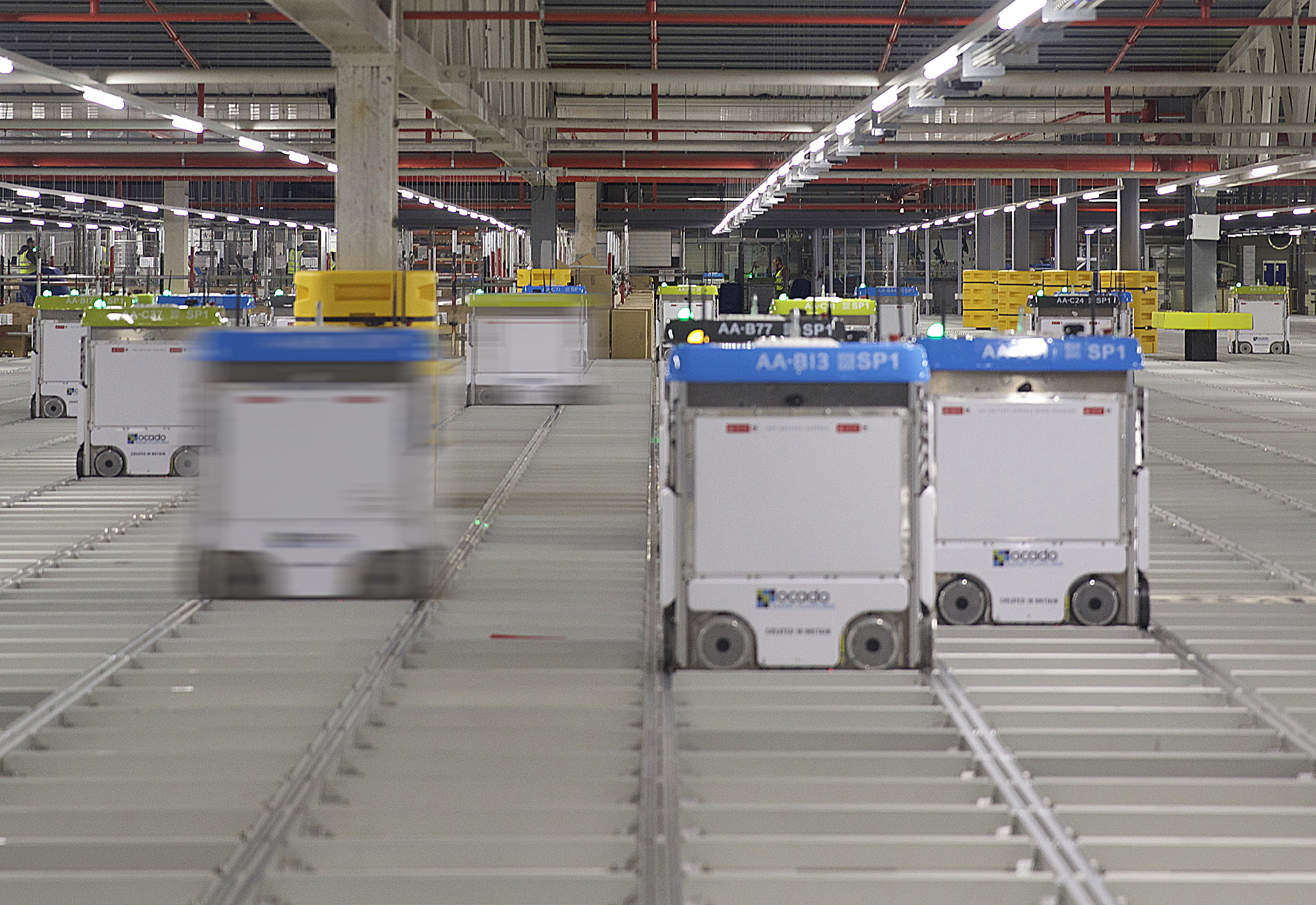A company is only a few steps away from going out of business if it decides against investing in logistics automation.
This is because trends and technologies are created to keep up with shifts in consumer behavior, new sustainability criteria, better efficiency, and decreased errors among many other factors that spur innovation in logistics systems.
For instance, the majority of product shipments were done in palletized loads with few SKUs decades ago. Fractionation and assembly of mixed pallets with several SKUs are commonplace in numerous operations nowadays.
In particular, distribution centers (DCs) require a great deal of dynamism and agility to sustain high levels of product and material movement without sacrificing efficiency or control. A reality that employs innovation and new technologies to become far more feasible.
This article will discuss four logistics automation trends that you should be aware of and keep up with in order to decide which to use in your business and when. Read on for more.
Read also: Top 5 Essential Tips for Mastering Efficient Logistics Management
Top 4 Logistics Automation Trends That You Should Be Aware Of
Automation
Automation provides a number of ways to maximize working hours, increase productivity, and cut expenses. Automation is the process of improving operational processes with mechanical or electrical equipment while requiring the least amount of human intervention.
Because of this, businesses—including those in the logistics industry—are requesting these solutions more and more.
Systems like WMS, TMS, routers, AGVs, elevators, and shuttle cars are very frequent logistics automation solutions in the daily lives of people who work in warehouses, stocks, receiving and shipping areas, or logistics distribution centers (DCs).
Mechanization
Mechanization is a popular trend in warehouse operations that uses conveyor belts and moving face systems like the Sorter, which separates and sorts products based on where they are going.
The Push-Back and Dynamic systems in storage structures are further instances of mechanization that support LIFO and FIFO operations, respectively.
Together with automatic scales, cubers—which measure the quantities that move through the conveyors and immediately notify the cubage for freight calculation—are crucial advances in the transport industry that help to expedite and strengthen the assertiveness of processes.
Robotization
Robotization is becoming more and more popular in logistics automation, mainly among major e-commerce companies and huge players who operate as logistics operators.
Robotics not only optimizes operations but also raises safety standards and lowers the possibility of mishaps and human mistakes.

Image source: Wikimedia Commons | Top 4 Logistics Automation Trends That Everyone Should Be Aware Of
Among the various options, Autonomous Mobile Robots, or AMRs, are employed to move loads in warehouses. Through Artificial Intelligence (AI), they can instantly adapt their routes and minimize the risk of collision with other machinery, personnel, goods, or shelves.
By 2025, 50,000 warehouses worldwide will have more than 4 million robots installed, predicts consulting firm ABI Research.
It is improbable that autonomous vehicle operations will materialize in all parts of the world anytime soon in the cargo transport sector. However, technology will undoubtedly play a crucial role in enhancing the nation’s logistics operations.
Logistics 4.0
The fourth industrial revolution gave rise to the idea of logistics 4.0, which increases connection and controls over logistical procedures while also taking automation of logistics to a new level.
According to a new Gartner study, supply chain teams will heavily embrace digital technologies in the upcoming years to enhance decision-making and management of warehouses and DCs.
According to Gartner, logistics automation trends indicate that:
- More than 75% of businesses will invest in technologies like big data and artificial intelligence by 2026;
- 75% of large enterprises will have implemented intelligent robots in some capacity to automate logistics activities;
- Business executives’ expenditures in cloud storage are predicted to go even higher in 2024.
Real-time tracking and monitoring of items is made possible by smart packaging technology, commonly referred to as packaging, for manufacturers and retailers. Since technology is constantly developing, further advancements are probably in store for us in the years to come.
Conclusion
Canadian logistics is attempting to stay up to date with international innovation and technological advancements, even if gradually. As a result, keeping up with new advancements is essential to keeping the market’s level of competition acceptable.
Having the money to spend on logistics automation is not enough, though; you also need to foster an environment that encourages innovation both inside and outside of businesses.
Other obstacles that must be overcome include modifying the work and management methods as well as the organizational culture. Companies must alter their organizational structure in addition to the way they create value.


